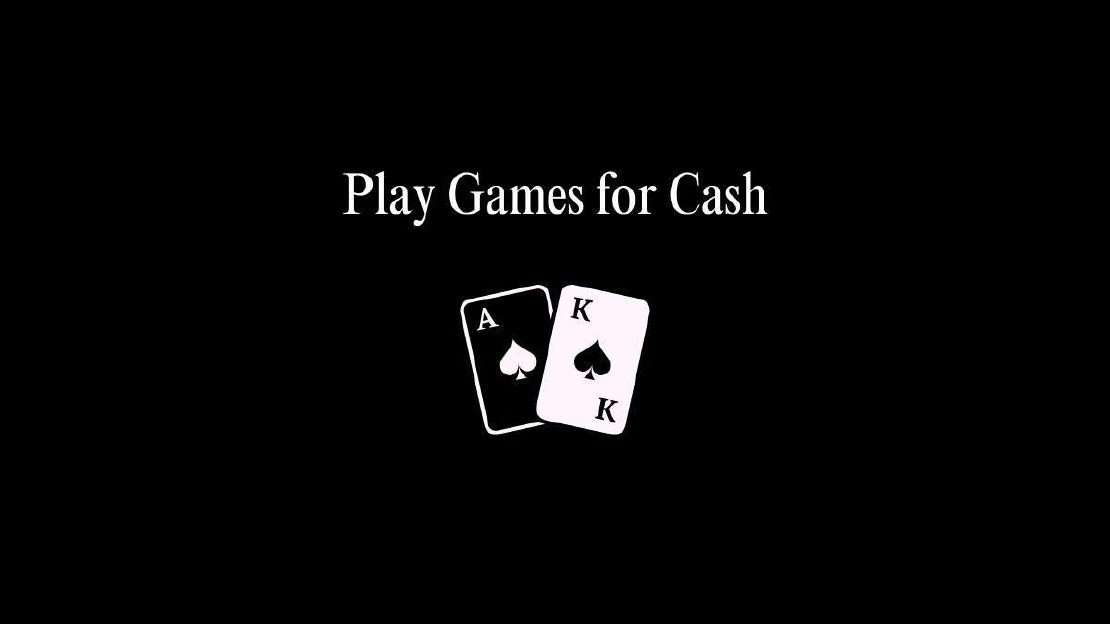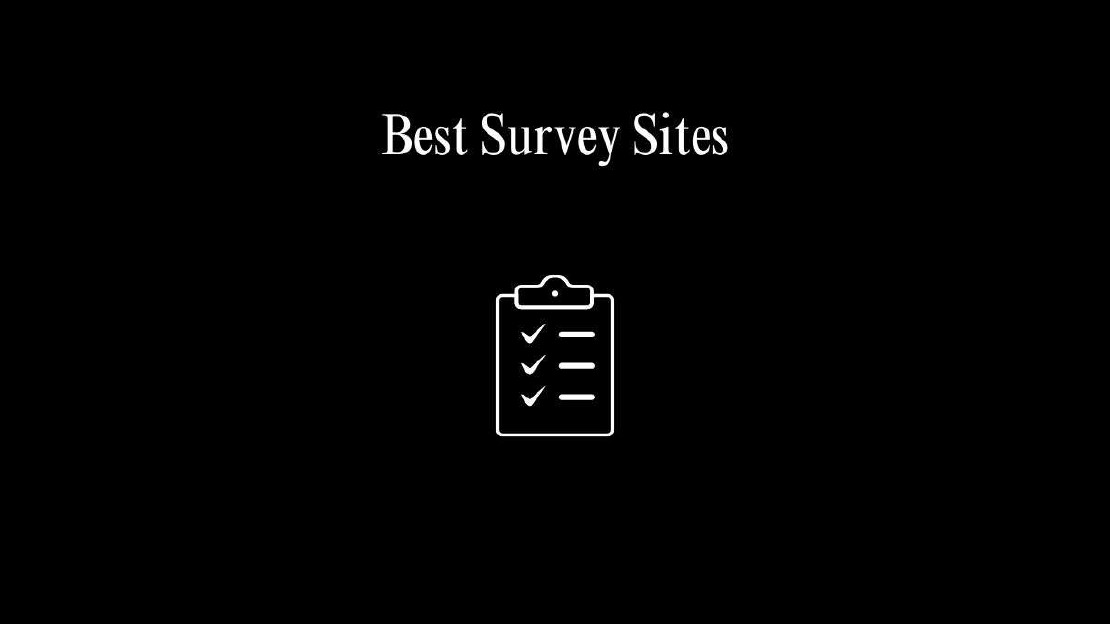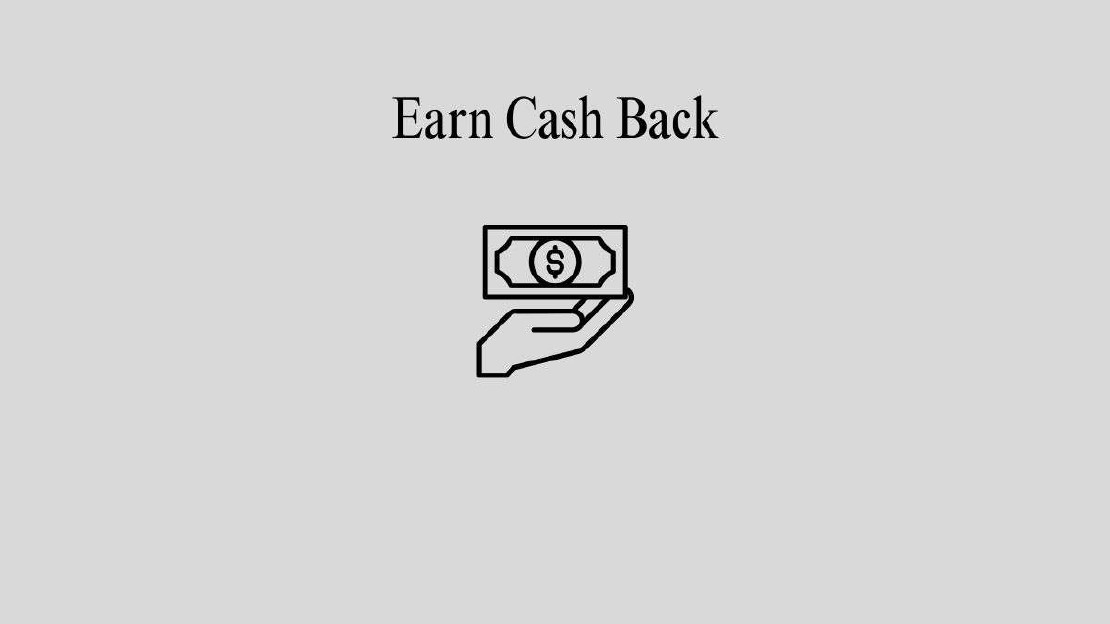What is Microtasking
The concept of microtasks has gained significant traction, revolutionizing how work is distributed, completed, and managed across various industries. Microtasks, often characterized by their small, manageable nature, play a crucial role in streamlining processes, optimizing efficiency, and harnessing the power of distributed labor.
What are Microtasks
A microtask is an online side hustle or task that can be completed in a relatively short amount of time, typically ranging from seconds to a few minutes. These tasks are often simple, repetitive, and require minimal cognitive effort, making them ideal for crowdsourcing and outsourcing to a distributed workforce.
Advantages of Micro-Tasking
- Diverse Opportunities: The range of micro-tasks available is extensive, catering to different skills and interests. Whether you excel in data entry, content creation, or graphic design, there are micro-tasks suited to your abilities.
- Quick Turnaround: Micro-tasking often involves completing tasks within a short timeframe, just as fast as taking surveys This quick turnaround not only benefits task providers but also allows workers to see the results of their efforts promptly.
Disadvantages of Micro-Tasking
While micro-tasking presents numerous advantages, it’s essential to acknowledge and address potential challenges:
- Low Earning Potential: Some micro-tasks may offer minimal compensation, making it challenging to generate a substantial income solely through micro-tasking.
- Task Availability: Task availability can fluctuate on micro-tasking platforms, impacting your ability to secure consistent work.
- Job Refusal: Task providers may reject your work if it does not meet their standards.
Where to Find Find Microtask Gigs
Microtasking has emerged as a flexible and accessible way for individuals to earn extra income. Several online platforms offer a plethora of microtasking opportunities, catering to a wide range of skills and interests.
For those with a flair for creativity, you can get paid for your photos. You can also find featured microtasking gigs on Upwork in areas like graphic design, writing, and digital marketing.
Social Media Channels
Social media platforms often host microtasking opportunities as well, with companies seeking assistance in content moderation, data entry, and online research. Exploring these diverse avenues allows individuals to tap into the world of microtasking, finding gigs that align with their skills and interests while offering the flexibility to work on their terms.
CrowdSourcing Platforms
Crowdsourcing platforms like Amazon Mechanical Turk, CrowdFlower, and Clickworkerserve as hubs for microtasking opportunities across various domains. These platforms host a wide array of tasks ranging from data entry and content moderation to image tagging and transcription services. Users can browse through available tasks, complete them at their own pace, and earn money based on the volume and complexity of tasks completed.
Freelancing Websites
Freelancing platforms such as Upwork, Freelancer, and Fiverr aren’t just limited to traditional project-based assignments. They also feature microtasking opportunities that cater to individuals seeking short-term, low-commitment tasks. From proofreading and simple graphic design tasks to social media management and virtual assistance, freelancing websites offer a diverse range of microtasking gigs tailored to different skill sets and preferences.
Task-Based Mobile Apps
In addition to web-based platforms, task-based mobile apps have emerged as convenient avenues for microtasking on the go. Apps like TaskRabbit, Gigwalk, and Field Agent connect users with local, location-based tasks such as grocery shopping, product scanning, and mystery shopping.
Online Marketplaces
Online marketplaces such as Etsy, eBay, and Amazon Handmade aren’t just platforms for buying and selling goods—they also offer microtasking opportunities for creative individuals and artisans.
Specialized Microtasking Platforms
In addition to mainstream platforms, specialized microtasking platforms cater to niche markets and specialized skill sets. Platforms like Spare5 specialize in tasks requiring human intelligence, such as image annotation and sentiment analysis, while platforms like UserTesting focus on its usability testing and user research.
Recent Posts

- Side Hustles
Play Games for Cash
Gaming has evolved exponentially over the years. What was once a leisurely pastime has transformed into a dynamic industry offering opportunities for …

- Side Hustles
Best Survey Sites to Earn Money
Making extra cash online has never been easier, and one of the most accessible ways is through survey sites. These platforms allow individuals to share their …

- Side Hustles
Earn Cash Back & Rebates
In a world where every dollar counts, finding smart ways to save—and even earn—while you spend is more valuable than ever. That’s where cash back apps come into …
